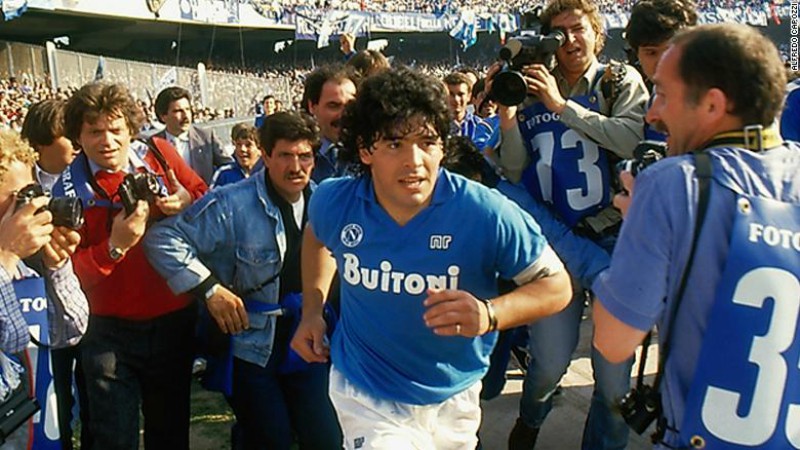Here is a quick summary of the plot of Akram Khan’s devised, and Asif Kapadia directed, Creature: in a former Arctic research station, Creature (Jeffrey Cirio) is enlisted by the military into an experimental programme involving space exploration. There he meets and falls in love with a cleaner, Marie (Erina Takahashi). Pretty simple, almost formulaic stuff. So, why watch this film rather than go to the ballet? Why engage with an art form by proxy? To answer, we must first focus on the beginning.
Quick shots of an arctic fox and the Northern Lights place what is outside our stage. There, Creature awakes to dance with an unconscious Marie. After, he places his hand into her mop bucket which gives him a certain type of sentience. Coupled with this is a voiceover of Richard Nixon praising Neil and Buzz for their successful moon landing (Michael Collins is, alas, forgotten again). And in this mysterious beginning we have the three main components which should make you want to watch this film.
Firstly, we have Kapadia’s direction. The camera movements have a stranglehold which build a tension as we see Creature’s resistance to domination and conforming. His life has become narrow since he has entered this new world which the three-walled stage, built of out of kilter wooden planks, appearing like barely stable tectonic plates, roots us in. The wide angles, locked-off camera shots mixed with slow, sometimes staggered pans have the viewer wanting to reach out to help Creature. We ache for the tension to break which on occasion happens with close-ups and overhead shots.

Secondly, we have the analogies. Creature could easily be a stand-in for Laika the first animal to orbit earth used by Roscosmos, or Enos the first chimpanzee to orbit earth used by Nasa (particularly the latter with Andy Serkis’ microscopic narration as he repeatedly asks Creature/us, Are you an ape?). Marie could be a stand-in for the apocryphal Nasa employed janitor who told JFK that he was helping to put a man on the moon when asked what he was doing. Creature’s hand dipping into the mop bucket is reminiscent of Kubrick’s Monolith (just as Dostoyevsky is purported to have proclaimed that Russian literature came from underneath Gogol’s overcoat, so does any film touching on space come out from the obelisk’s shadow).
Thirdly, and perhaps the most compelling reason to watch the film, is the dances. They are the reason why we are drawn to the ballet, to see the execution of the almost impossible (if this reviewer were to try any of the dance movements in this film, they request you send flowers and grapes to the hospital soon after). The dances bring out the character of Creature. In one sequence we see him being more Randle P. McMurphy than Chaplin’s Tramp in his determination to win over his captors. Towards the end we have a sublime pas de deux which cements our two leads and the direction of where they will go.
You will not go see Creature for its plot, nor its subtleties (it doesn’t have any), but the choreography mixed with Kapadia’s hemmed-in direction make this an experience not to be missed.
Creature is in selected cinemas on Friday, February 24th.










